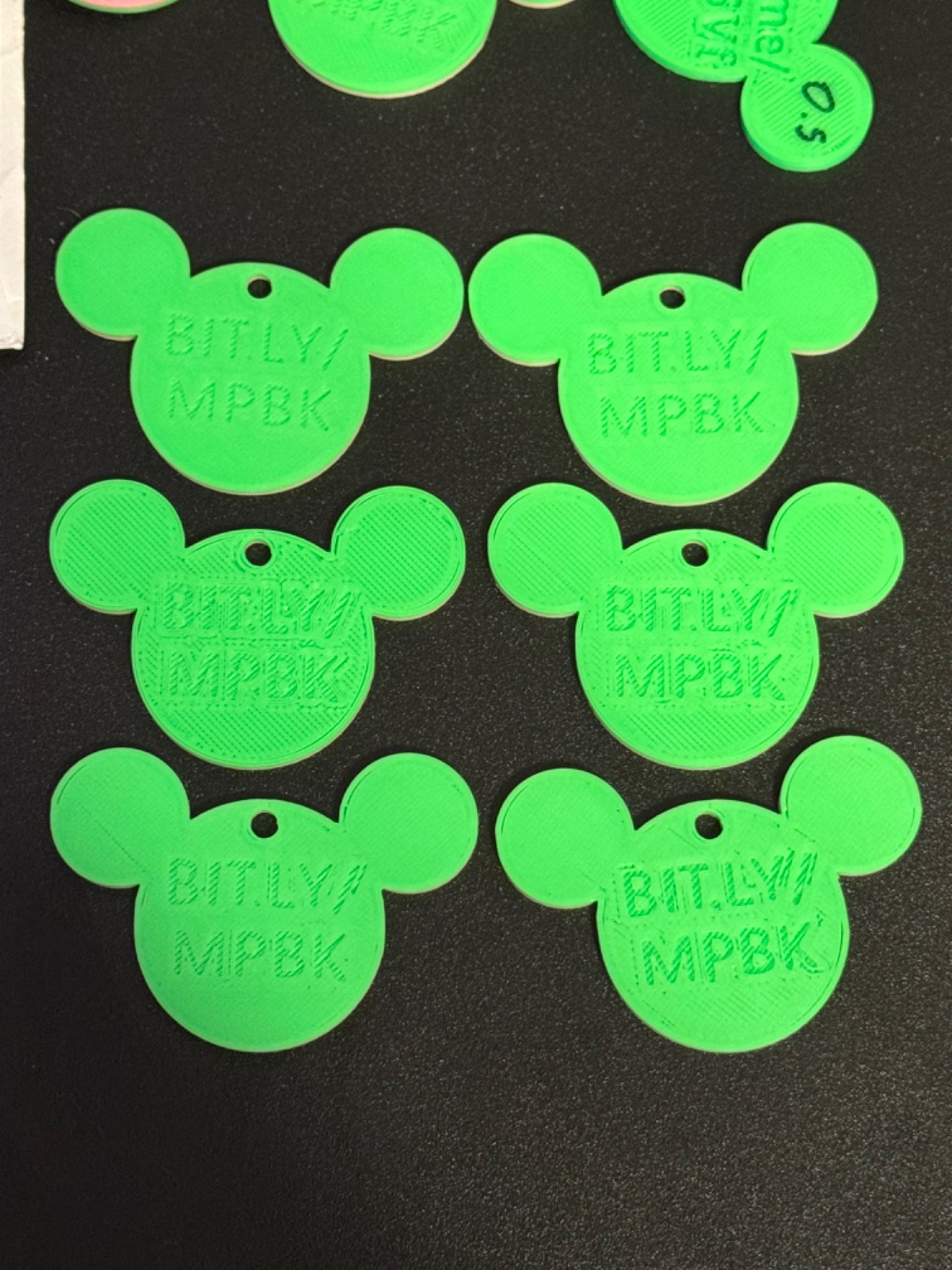3DPrinting
3DPrinting is a place where makers of all skill levels and walks of life can learn about and discuss 3D printing and development of 3D printed parts and devices.
The r/functionalprint community is now located at: !functionalprint@kbin.social or !functionalprint@fedia.io
There are CAD communities available at: !cad@lemmy.world or !freecad@lemmy.ml
Rules
-
No bigotry - including racism, sexism, ableism, homophobia, transphobia, or xenophobia. Code of Conduct.
-
Be respectful, especially when disagreeing. Everyone should feel welcome here.
-
No porn (NSFW prints are acceptable but must be marked NSFW)
-
No Ads / Spamming / Guerrilla Marketing
-
Do not create links to reddit
-
If you see an issue please flag it
-
No guns
-
No injury gore posts
If you need an easy way to host pictures, https://catbox.moe/ may be an option. Be ethical about what you post and donate if you are able or use this a lot. It is just an individual hosting content, not a company. The image embedding syntax for Lemmy is 
Moderation policy: Light, mostly invisible
view the rest of the comments

There are multiple ways I have solved this. You can add a small chamfer into your design for every edge of the lettering, although this is a pain, or you can adjust the first layer expansion compensation.
Go with the empirical method and measure how far off the first layer is expanded compared to what the measurement should be. Then dial this average figure into your first later expansion compensation.
I know how this works with prusa slicer but I do not know how this terminology translates to Cura if you are using it or something else.
Interesting, I haven't heard of using chamfers before, that's a cool addition, I'll look into that!